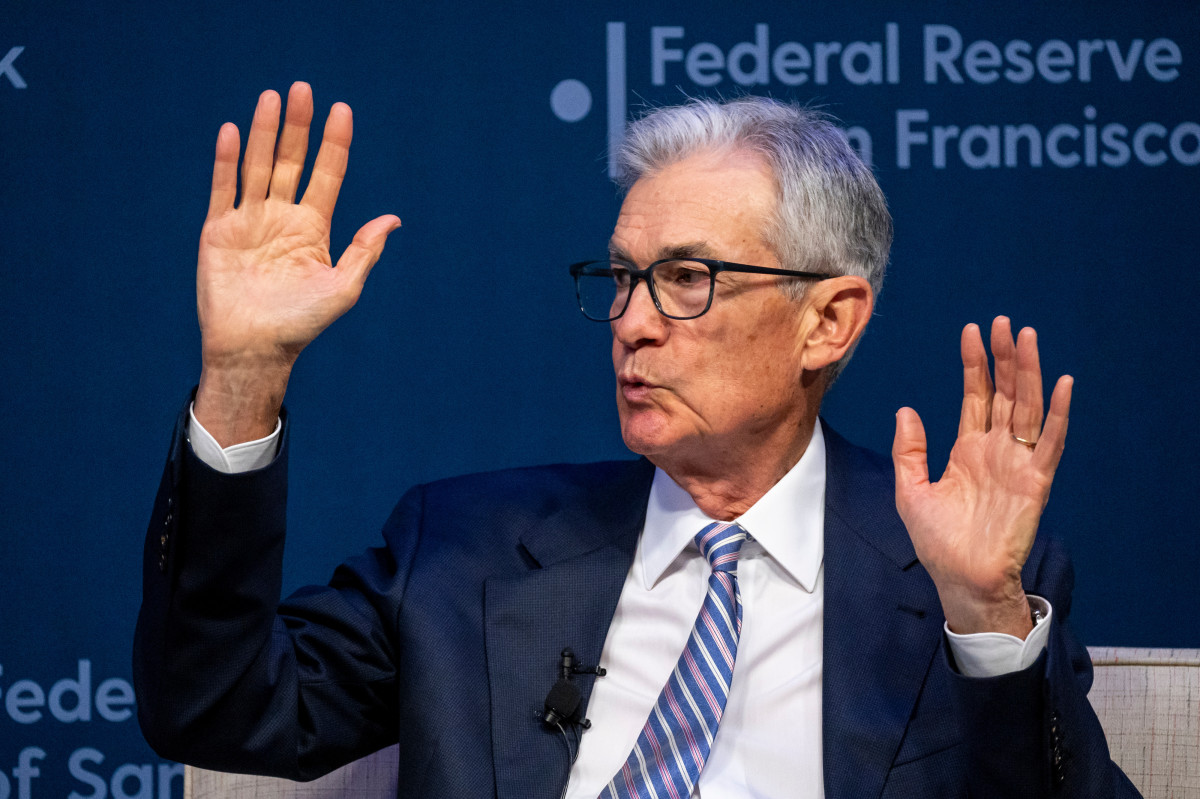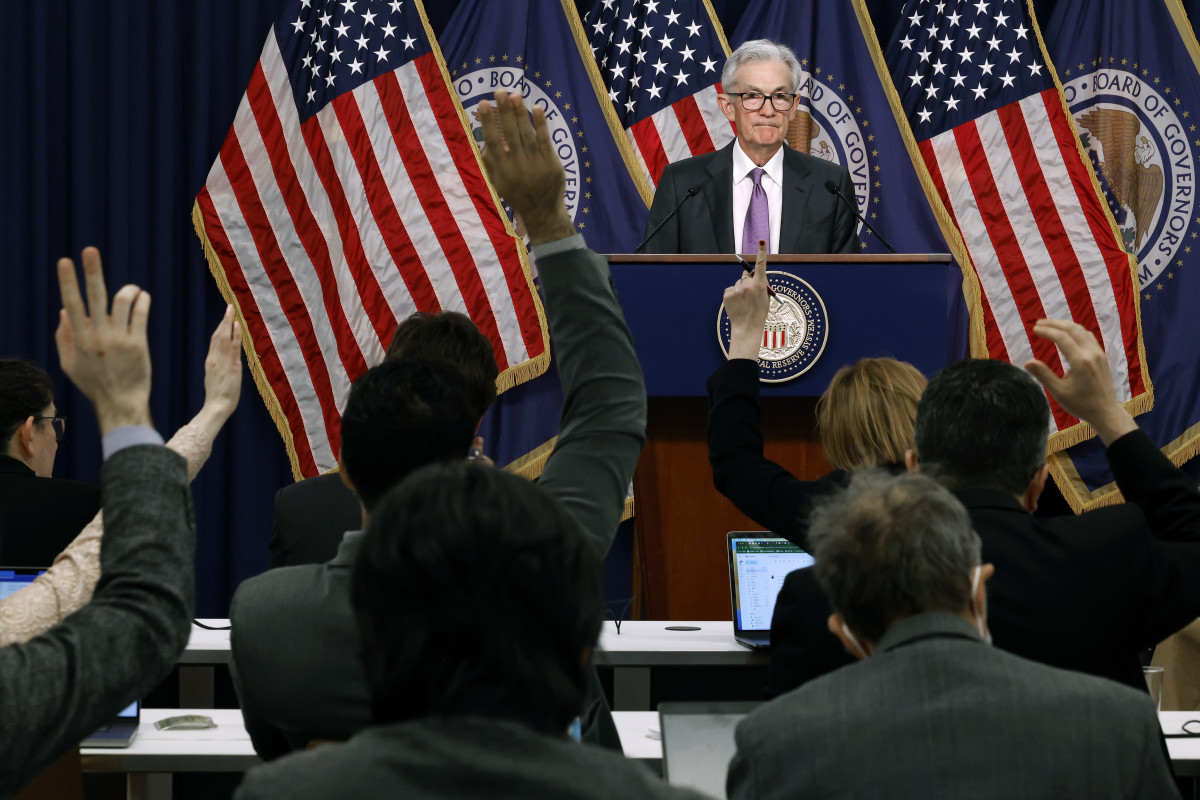
The U.S. job market is running out of steam but remains resilient enough to likely deliver the kind of soft landing the domestic economy needs heading into the back half of the year.
Friday's crucial May employment report, however, will need to confirm that the recent softness — evidenced in updates from payroll-processing group ADP, Challenger Gray and the Labor Department's Jolts report — is not accelerating into a broader hiring pullback that could suggest deeper concern for the world's biggest economy.
Related: Interest rate cut bets shift after surprising ADP jobs data
Analysts expect the Labor Department's nonfarm-payrolls report, due on Friday, June 7, to show new hirings of around 185,000 last month, a modest increase from April's 175,000 tally.
The headline unemployment rate, meanwhile is forecast to hold at 3.9%, a level that would extend the current run of readings below the 4% threshold to more than two years.
On the wage front, average hourly earnings are expected to tick modestly higher, with a monthly gain of 0.3%, as the average workweek holds at 34.3 hours.

The May report, however, could also mask some of the labor-market softness seen in reports published earlier this week, including the lowest level of monthly job openings in three years and a big decline in salary gains earned by job changers.
Soft hiring plans
Challenger Gray's closely tracked report on corporate layoffs showed that May job cuts were largely flat with the previous month at 63,816, but were down around 20% from the year-earlier period.
Overall hiring plans this year, however, have fallen to the lowest levels since 2014, with announced additions of just under 51,000, around 50% lower than the level announced over the first five months of 2023.
"The typical churn in a healthy labor market appears to be stalling,” said Andrew Challenger, senior vice president of Challenger, Gray & Christmas.
Related: The Fed doesn't want to talk about stagflation. It might not have a choice.
“Employers across the board are citing vague reasons for cutting jobs, but we know artificial intelligence and the disruption that follows is the cause, at least in part, for many companies’ plans," he added.
Weekly-jobless-claims data, meanwhile, seem to confirm some of that trend, with the number of Americans filing for unemployment benefits rising to 229,000 over the period ended June 1. That's the highest since August of last year.
Market shifting focus from inflation
"We estimate that seasonally adjusted job-cut announcements rose around 10% last month, leaving the three-month average still pointing to a meaningful increase in claims ahead," said Ian Shepherdson of Pantheon Macroeconomics.
"If that pickup in layoffs comes while weaker hiring also is depressing payrolls, as we expect, then a softer labor market will quickly become a much bigger issue for the Fed, and for markets," he added.
There's a lot for markets to digest first, however, with the Fed's June policy meeting next week in Washington set to include new growth and inflation forecasts. Those forecasts are likely to include big changes to interest-rate outlooks.
Just hours before that the Commerce Department will publish its May CPI report, which is expected to show headline inflation easing closer to the Fed's 2% target.
Related: Fed inflation gauge eases in April, adding to faint autumn rate cut hopes
At the same time, rate cuts from the Bank of Canada and the European Central Bank this week could give the Fed ample opportunity to guide markets into an autumn rate reduction, should inflation pressures ease and the economy continue to slow.
The Atlanta Fed's GDPNow forecasting tool suggests a current-quarter growth rate of 2.6%, a sharp reduction from earlier estimates but still twice the 1.3% pace recorded over the three months ended in March.
US Atlanta Fed GDPNow Q2: 2.6% (prev 1.8%)https://t.co/GIJHH30kip pic.twitter.com/KRHoDbxWzv
— LiveSquawk (@LiveSquawk) June 6, 2024
The Institute for Supply Management's May report on activity in the services sector, the most important driver of U.S. growth, showed improving price pressures and a reasonably optimistic outlook on new orders and hiring.
"With an onslaught of mixed macroeconomic data, recession whispers have gotten louder as Treasury yields edge lower and worries persist that the Fed's higher for longer messaging could inflict more than just an economic cooling," said Quincy Krosby, chief global strategist for LPL Financial in Charlotte.
Inflation easing — but at a cost
"And it's not lost on the market that if prices continue to edge lower, especially with the [Consumer Price Index] report due next week, the Fed could soon start telegraphing that it's discussing the possibility of initiating the rate-easing cycle."
CME Group's FedWatch indicates little to no chance of a Fed rate move next week, nor any change to its base lending rate of between 5.25% and 5.5% in August. But it pegs the odds of a September reduction at around 68%.
Chris Zaccarelli, chief investment officer for Independent Advisor Alliance, also notes what he calls the "subtle shift" in markets from obsessing about inflation data to worrying about the job market.
More Economic Analysis:
- Bonds are freaking out about inflation
- Key bond market signal sounds inflation alarm
- Fed rate cuts face big reset on renewed inflation risks
"Ironically, a slowing in the job market, and even an increase in unemployment, should be welcome to the extent that it alleviates some upwards pressure on inflation — which we agree is what is the most important thing to focus on," he said
"But we are aware that too much weakness in the labor market and in the economy could eventually prove to be an even greater threat to markets than inflation that is 1-2% above the Fed’s target," he added.
Related: Veteran fund manager picks favorite stocks for 2024







